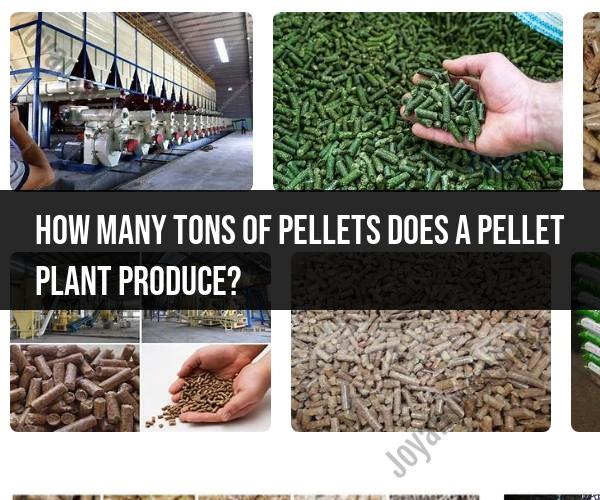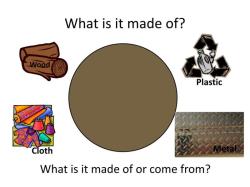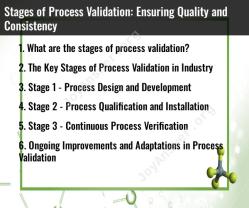How many tons of pellets does a pellet plant produce?
The production capacity of a pellet plant can vary significantly depending on several factors, including the size and type of the plant, the machinery and equipment used, the type of raw materials being processed, and the operational efficiency of the facility. Pellet plants can range from small-scale operations producing a few tons per day to large industrial facilities with the capacity to produce hundreds of tons or more per hour.
Here are some general guidelines for the production capacity of pellet plants based on their size:
Small-Scale Pellet Plants:
- Small-scale pellet plants are often used by individuals or small businesses for localized production. These plants typically have lower production capacities.
- Production Capacity: Small-scale plants may produce anywhere from a few hundred pounds (or kilograms) to a few tons of pellets per day.
Medium-Scale Pellet Plants:
- Medium-scale pellet plants are larger and more industrial in nature, designed to produce pellets on a larger scale.
- Production Capacity: Medium-scale plants may have production capacities ranging from a few tons to several tens of tons per day.
Large-Scale Industrial Pellet Plants:
- Large-scale industrial pellet plants are typically the most efficient and have the highest production capacities.
- Production Capacity: Large-scale plants can produce hundreds of tons to over a thousand tons of pellets per day, depending on the specific design and equipment used.
The type of raw materials being processed can also impact production capacity. For example, wood pellet plants often have higher production capacities compared to biomass pellet plants due to the higher energy density of wood.
It's important to note that the actual production capacity of a pellet plant can be influenced by factors such as the quality and availability of raw materials, the efficiency of the pelletizing process, and the maintenance and operation of the equipment. Additionally, the production capacity may vary seasonally or depending on market demand.
When planning the construction or operation of a pellet plant, it's crucial to consider your specific goals and requirements to determine the appropriate plant size and production capacity to meet your needs. Consulting with experts in pellet production and plant design can help you make informed decisions about the capacity and scale of your pellet plant.
The amount of pellets that a pellet plant can produce depends on a number of factors, including the size and capacity of the plant, the type of raw material being used, and the moisture content of the raw material.
In general, a pellet plant can produce anywhere from a few tons of pellets per day to hundreds of tons of pellets per day. For example, a small pellet plant with a capacity of 1 ton per hour can produce up to 24 tons of pellets per day if it operates 24 hours a day. A large pellet plant with a capacity of 10 tons per hour can produce up to 240 tons of pellets per day if it operates 24 hours a day.
The type of raw material being used also affects the yield of a pellet plant. For example, wood pellets have a higher yield than biomass pellets. This is because wood has a higher density and lower moisture content than biomass.
The moisture content of the raw material also affects the yield of a pellet plant. Raw materials with a higher moisture content will produce fewer pellets. This is because more energy is required to dry the raw material and to remove the moisture.
If you are considering starting a pellet plant, it is important to carefully consider the factors that will affect the yield of your plant. You should also consult with a qualified pellet plant manufacturer to get an estimate of how many tons of pellets your plant can produce per day.
Here are some additional tips for increasing the yield of your pellet plant:
- Use high-quality raw materials.
- Make sure the raw materials are dry.
- Use the correct lubricant for the pellet die.
- Do not overload the pellet mill.
- Maintain the pellet mill properly.
By following these tips, you can help to ensure that your pellet plant produces the maximum amount of pellets possible.










